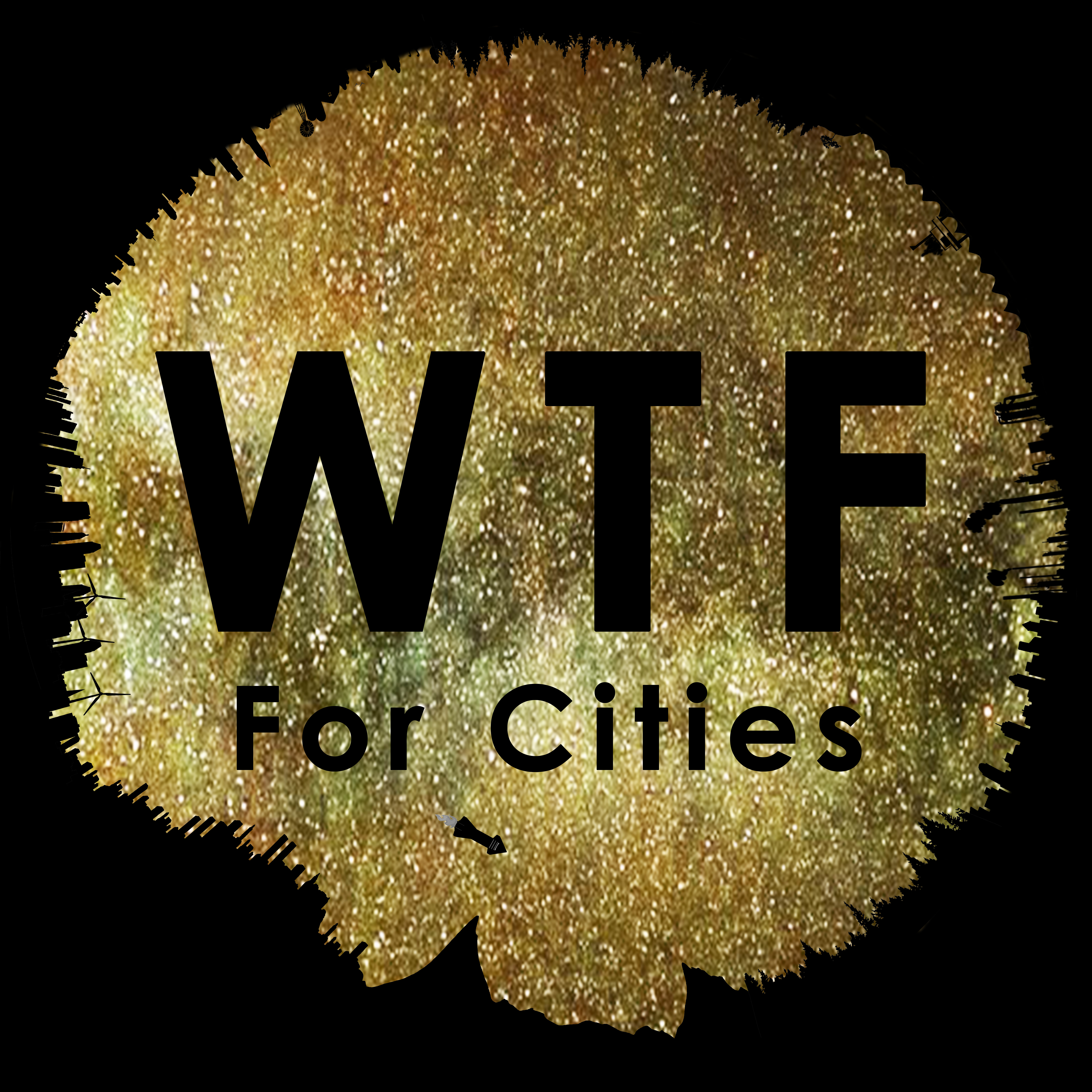Listen to the episode:
Check out the transcript through this link.
Are you interested in how to enhance urban air quality and active transportation?
Summary of the article titled Transforming our cities: Best practices towards clean air and active transportation from 2019 by Andrew Glazener and Haneen Khreis, published in the Current Environmental Health Reports journal.
This is a great preparation for our next interviewee, Oliver Stoltz in episode 194 talking about urban mobility changes.
Since we are investigating the future of cities, I thought it would be interesting to see how urban transportation and clean air are connected. This article explores effective strategies for enhancing urban air quality and encouraging active transportation like walking and cycling, highlighting the significant overlap between these two areas and the positive impacts of integrated policy approaches.
As the most important things, I would like to highlight 3 aspects:
- In 2015, ambient air pollution, especially fine particulate matter (PM2.5), was the fifth-leading cause of death globally, causing 4.2 million premature deaths, mainly in low- and middle-income countries in Asia, Africa, and the Eastern Mediterranean, with older adults most vulnerable.
- Motor vehicle reliance worsens air pollution and physical inactivity, linked to 3.2 million deaths yearly. Encouraging active transportation like walking and cycling could mitigate these risks.
- Clean air and active transportation are interlinked, with shifting to active transportation not only improving air quality but also boosting physical activity, enhancing urban health.
You can find the article through this link.
Abstract: By 2050, 70% of the global population will live in urban areas, exposing a greater number of people to specific city-related health risks that will only be exacerbated by climate change. Two prominent health risks are poor air quality and physical inactivity. We aim to review the literature and state the best practices for clean air and active transportation in urban areas. Cities have been targeting reductions in air pollution and physical inactivity to improve population health. Oslo, Paris, and Madrid plan on banning cars from their city centers to mitigate climate change, reduce vehicle emissions, and increase walking and cycling. Urban streets are being redesigned to accommodate and integrate various modes of transportation to ensure individuals can become actively mobile and healthy. Investments in pedestrian, cycling, and public transport infrastructure and services can both improve air quality and support active transportation. Emerging technologies like electric and autonomous vehicles are being developed and may reduce air pollution but have limited impact on physical activity. Green spaces too can mitigate air pollution and encourage physical activity. Clean air and active transportation overlap considerably as they are both functions of mobility. The best practices of clean air and active transportation have produced impressive results, which are improved when enacted simultaneously in integrated policy packages. Further research is needed in middle- and low-income countries, using measurements from real-world interventions, tracing air pollution back to the sources responsible, and holistically addressing the entire spectrum of exposures and health outcomes related to transportation.
Connecting episodes you might be interested in:
- No.048 – Interview with Hussein Dia about urban transportation systems;
- No.136R – An analysis of the legal framework influencing walking in Australia;
- No.137R – Quantifying life quality as walkability on urban networks: the case of Budapest;
- No.138 – Interview with Luis Natera about active transport in different cities;
What wast the most interesting part for you? What questions did arise for you? Let me know on twitter @WTF4Cities or here in the comment section!
Additionally, I will highly appreciate if you consider subscribing:
I hope this was an interesting episode for you and thanks for tuning in.


Leave a comment